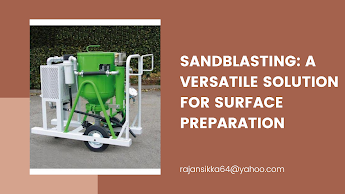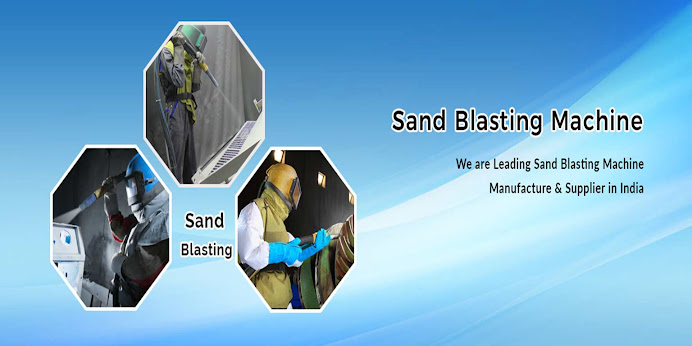Sandblasting: A Versatile Solution for Surface Preparation
What is Sandblasting?
Sandblasting is the process of cleaning, smoothing, or shaping a surface by propelling abrasive materials at high speeds. The abrasive material, typically sand or other fine particles, is driven using compressed air or a centrifugal wheel to achieve the desired effect.
Applications of Sandblasting:
- Surface Cleaning: Sandblasting is used to remove rust, paint, and other contaminants from surfaces, preparing them for painting or coating.
- Surface Roughening: It is used to create a rough surface texture for better adhesion of coatings or to impart a decorative finish.
- Surface Smoothing: Sandblasting can be used to smooth rough surfaces or to remove burrs from metal parts.
- Surface Etching: It is used in artistic applications to create patterns or designs on glass, metal, or stone surfaces.
Benefits of Sandblasting:
- Efficiency: Sandblasting is a fast and efficient method for surface preparation, allowing for quick turnaround times.
- Versatility: It can be used on a wide range of materials, including metal, concrete, glass, and wood.
- Precision: Sandblasting allows for precise control over the depth and intensity of the surface treatment.
- Environmentally Friendly: Compared to other surface preparation methods, sandblasting produces minimal waste and can be environmentally friendly when using recyclable abrasives.
- Cost-Effective: Sandblasting is a cost-effective method for surface preparation, especially for large-scale projects.
Conclusion:
Sandblasting is a versatile and efficient method for surface preparation, offering a wide range of applications across industries. Whether you need to clean, smooth, roughen, or etch a surface, sandblasting provides a fast and effective solution.




Comments
Post a Comment